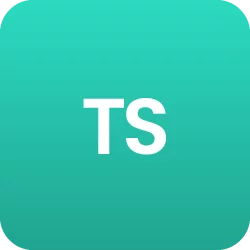Use scenario based learning to tell stories
Scenario based learning is one of the principles for workplace learning as defined by Forum Corporation. In essence, if you make learning relevant to both learner and organisation, everyone wins. The challenge is how do we accomplish this? One way is to break learning down into smaller pieces. This is not rocket science and seems easy enough. However, when you are the one within your organisation that is looking to implement this suggestion, you probably start wondering What does this look like? So, one way that this could look like is in a form of scenario based learning.  As described by Ray Jimenez, Ph.D., Scenario-Based Learning (SBLs) are high-interactive and high-discovery methods of learning that put the learner on the spot. SBLs have proven to help learners learn in areas where the subjects involve risks, emotional experience, behavioral changes, decision making, and social learning. SBLs embed learning into a story in order to engage the learner and get them to think and react. Like great storytelling, the trick is to help learners find the heart and hidden wisdom while keeping them entertained and attentive.
As described by Ray Jimenez, Ph.D., Scenario-Based Learning (SBLs) are high-interactive and high-discovery methods of learning that put the learner on the spot. SBLs have proven to help learners learn in areas where the subjects involve risks, emotional experience, behavioral changes, decision making, and social learning. SBLs embed learning into a story in order to engage the learner and get them to think and react. Like great storytelling, the trick is to help learners find the heart and hidden wisdom while keeping them entertained and attentive.
Scenario-based learning is the technique, while the story is the soul. When you use storytelling, it has to be organic, real and authentic. The story allows the reader, audience or learner to learn from it. (Ray Jimenez)
So how long does a scenario need to be? There is no exact length but the scenario needs to be long enough so that you can accurately describe a situation or scenario that the learner would likely find themselves in. That might take a few sentences, 1 paragraph, half a page or more depending upon how complex your information. You can even use micro-scenarios; short, instant and very brief scenarios that drive home a point. Here are a few areas where Dr. Jimenez recommends using a micro-scenario:
- Apply. When asking learners to apply ideas – instead of doing a memorization test, ask them to respond to a micro-scenario of a real-life event.
- Response. Ask learners to pause and reflect on an idea – instead of just telling them, create a story interaction and scenario to elicit response.
- Lesson starters. Start your lesson with a micro-scenario and story interaction – put learners on interaction mode at the very start. Get them hooked and engrossed so they can appreciate the topic.
For more on Scenario Based Learning, check out Ray Jimenez, Ph.D.s book, Scenario-Based Learning: Using Stories To Engage e-Learners.

















 BACK
BACK